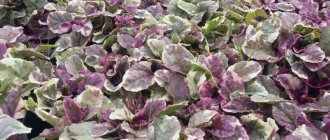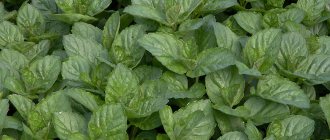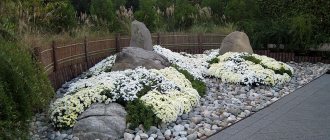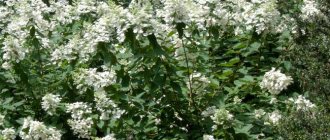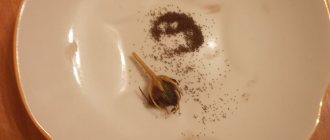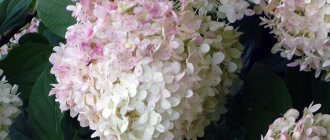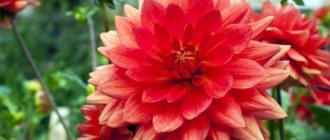Clematis is a perennial climbing plant that is widely used for vertical gardening. The culture is characterized by low maintenance and long flowering. Increased interest in the plant by gardeners has contributed to the development of new species of perennials, distinguished by a variety of shades and increased decorativeness. But for the successful cultivation of clematis and its abundant flowering, proper pruning is very important. Moreover, it must be carried out taking into account the characteristics of each variety. Therefore, it is worth knowing what types of perennials there are and what is the difference between them.
Location: where is the best place to plant clematis?
Clematis prefer a bright or slightly shaded location
. However, it is necessary to avoid excessive heating of the soil, because this can harm the plantings and disrupt normal development and growth.
When placed in an open sunny place, the soil should be shaded at the roots with annual or perennial plants. A delimiter for roots up to 30–40 cm deep is also useful. The soil needs nutritious sandy loam or loamy soil. Just without over-watering.
Attention!
In areas where groundwater is located closer than 1.5 meters, clematis should not be planted.
Features of planting, transplanting and propagation
It is preferable to plant sprouts obtained as a result of rooting cuttings. It can be propagated by grafting, layering and dividing bushes. Seedlings can also be purchased at company stores.
It is important to know. It is impossible to identify bushes in deep partial shade and shade, in drafts, in lowlands with close groundwater, directly under walls and buildings where rainwater flows.
When planting in spring:
- A seedling from the store is immediately placed in the ground for growing , and after 2 years it is transplanted to a permanent place of residence.
- In a low area, a mound of soil is made for the plant, and soil with humus and ash are added to the planting hole.
- The root collar is deepened by 3-8 cm, depending on what stage of development the plant is at in the spring. After this, the bushes are watered and the soil under them is mulched.
- The interval between bushes is up to 1.5 m, depending on the variety.
- The vines are provided with support and tied up.
If clematis has a closed root system, then planting is carried out throughout the season, from spring to late autumn. If plants were purchased in winter or early spring, they are placed temporarily in a greenhouse or on window sills.
If the root system of the purchased plants is open, then the favorable time for planting is April - early May. At this time, the buds are just swelling, but not yet starting to grow.
Important. In spring, you should not miss the planting date, since the plant begins its growing season early. Late planting disrupts the rhythm of life of the vine, so in the first season the seedlings take root worse and do not gain enough strength to overwinter.
If seedlings are grown indoors, they are planted in the ground later due to the threat of return frosts in the spring. When planting in the fall, choose the end of August - beginning of October, so that the bushes have time to take root if the air temperature is optimal. Lianas are insulated for the winter with dry fallen leaves, and on top - with covering material, for example, lutrasil.
Planting pits are prepared in advance:
- make the following hole sizes - 60x60x60 for individual bushes, for several - a trench, the depth and width of which will be 60 cm;
- Lay drainage on the bottom with a 10-15 cm layer of broken brick, crushed stone or expanded clay.
Nutritious, structural, breathable, alkaline soil where the groundwater level is low is suitable for the culture. A quarter of the selected soil is poured into the hole, mixing it with rotted manure or humus, peat and sand in equal parts by weight. Humus, peat and sand are added to loam, and humus, black soil and peat are added to sandy soil. To any ready-made soil mixture add 1 liter jar of ash, 100 g of complex mineral fertilizer. If the soil is acidic, then add hydrated lime - 50-100 g.
Aftercare
Watering
In the absence of drought, the plant needs weekly watering with a small amount of water. Do not overdo it with the portion - overwatering is dangerous for the crop. It is recommended to carry out the procedure in the morning, then during the day all the moisture will be absorbed and in the evening it will be possible to mulch the soil around the seedling. During drought, water the plant 2-3 times a week.
Top dressing
The very first fertilizer for the presented variety can be organic fertilizer. Bird droppings or mullein are suitable as additional nutrition - 1 liter of these ingredients is diluted in a bucket of water and the flower is watered with the resulting solution.
As a mineral supplement, you can use 60 g of products containing potassium and phosphorus. After flowering, the last fertilizer is applied - potassium-phosphorus complexes are again allowed.
How to care for clematis correctly
In spring, be sure to cut the stems almost to the ground, leaving only a couple of strong buds
. And add mineral supplements.
The second feeding is carried out in June with organic or inorganic fertilizer
. As they grow, the stems are tied to a support and their growth is directed along it. Water depending on the weather. In case of severe drought, the watering rate is one or two buckets per 5 liters of water per planting.
Winter-hardy clematis for the North
The third feeding may or may not be carried out
. Mineral fertilizers are good.
How to feed clematis for abundant flowering
With the onset of autumn, the ground around the clematis is mulched with humus 5 to 7 cm thick. The stems are removed from the supports and laid on mulch. With such winter preparation, clematis can winter without additional shelter.
Important!
In the first couple of years of life, all clematis require pruning in order to activate intensive growth and “awaken” dormant buds.
Today there are many varieties and hybrids of winter-hardy clematis
. You can combine several different varieties, matching the color and size of the plantings.
The only thing worth paying attention to is how resistant the variety is to frost and temperature changes. Because for most clematis, climate is very, very important. The right choice of clematis variety for your climate zone is the most important condition for luxurious flowering.

